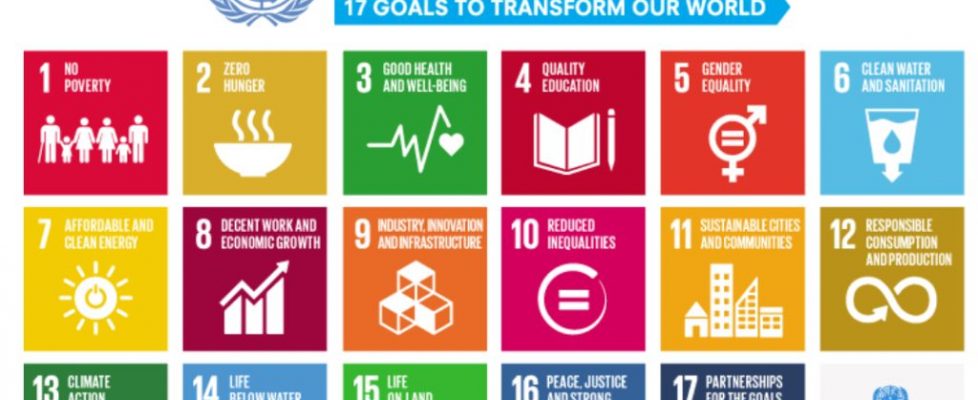Planet
Planet. An integral pillar studied at the fashion business school. This pillar focuses on how the fashion industry is changing to accommodate more sustainable practices in order to reduce the impact it has on the environment.
One way the industry is moving towards a more sustainable future is the shift from a more linear system model of take, make, waste to a vision of circularity. This means producing products that are either recovered at the end of their service life or that are kept in use for as long as possible in order to get the most from their resources. Therefore, this creates a more regenerative industry which helps to produce ‘new opportunities for growth that are distributed, diverse, and inclusive’ (Ellen Macarthur Foundation). This is vital in the current climate because as of 2020, globally ‘an estimated 92 million tonnes of textile waste is created each year’ while only ‘12% of the material used for clothing ends up being recycled’(BBC Future, 2020). This shows that building a more circular fashion industry is vital in the protection of the planet as it can help prevent these figures from rising to a rate where the damage caused is irreversible.
Sustainability is defined by the United Nations as ‘meeting the needs of the present without compromising the ability of future generations to meet their own needs’(United Nations Brundtland Commission, 1987). In relation to fashion this can be looked at in three ways. Social sustainability means reducing inequalities and providing gender equality in an industry where the working conditions in factories is consistently under scrutiny. Environmental sustainability means protecting ecosystems and conserving natural resources. Economic sustainability creates economic growth without negatively impacting other aspects of the community such as social and environmental.
The Sustainable Development Goals provide ‘a shared blueprint for peace and prosperity for people and the planet, now and into the future’ (2030 agenda for sustainable development). In relation to fashion some may say that number 13, climate action, is one of the most important SDPs. An increasing number of businesses are investing in more sustainable practices in order to fight the climate crisis. Zara, for example, is beginning to recycle and reuse their boxes, bags and hangers to make their impact on the environment less detrimental. However, a business like Zara who is putting into place these new initiatives can be seen as greenwashing. For example, the annual total carbon emissions of the Inditex Group (under which Zara is a brand of) in 2021 was 120,992 metric tonnes in comparison to Asos’s being much lower at 14,940 (Statista, 2022). This therefore shows that while Inditex is publicising on their new sustainable strategy, they still have one of the highest carbon emission rates in the retail industry.
References:
Abigail Beall, BBC Future, 2020, https://www.bbc.com/future/article/20200710-why-clothes-are-so-hard-to-recycle
Department of Economic and Social Affairs, United Nations, 2015, https://sdgs.un.org/goals
Ellen Macarthur Foundation, https://ellenmacarthurfoundation.org/topics/fashion/overview
Tugba Sabanoglu, Statista, 2022, https://www.statista.com/statistics/1102998/carbon-footprint-of-european-fashion-brands/
United Nations Brundtland Commission, 1987, https://www.un.org/en/academic-impact/sustainability
